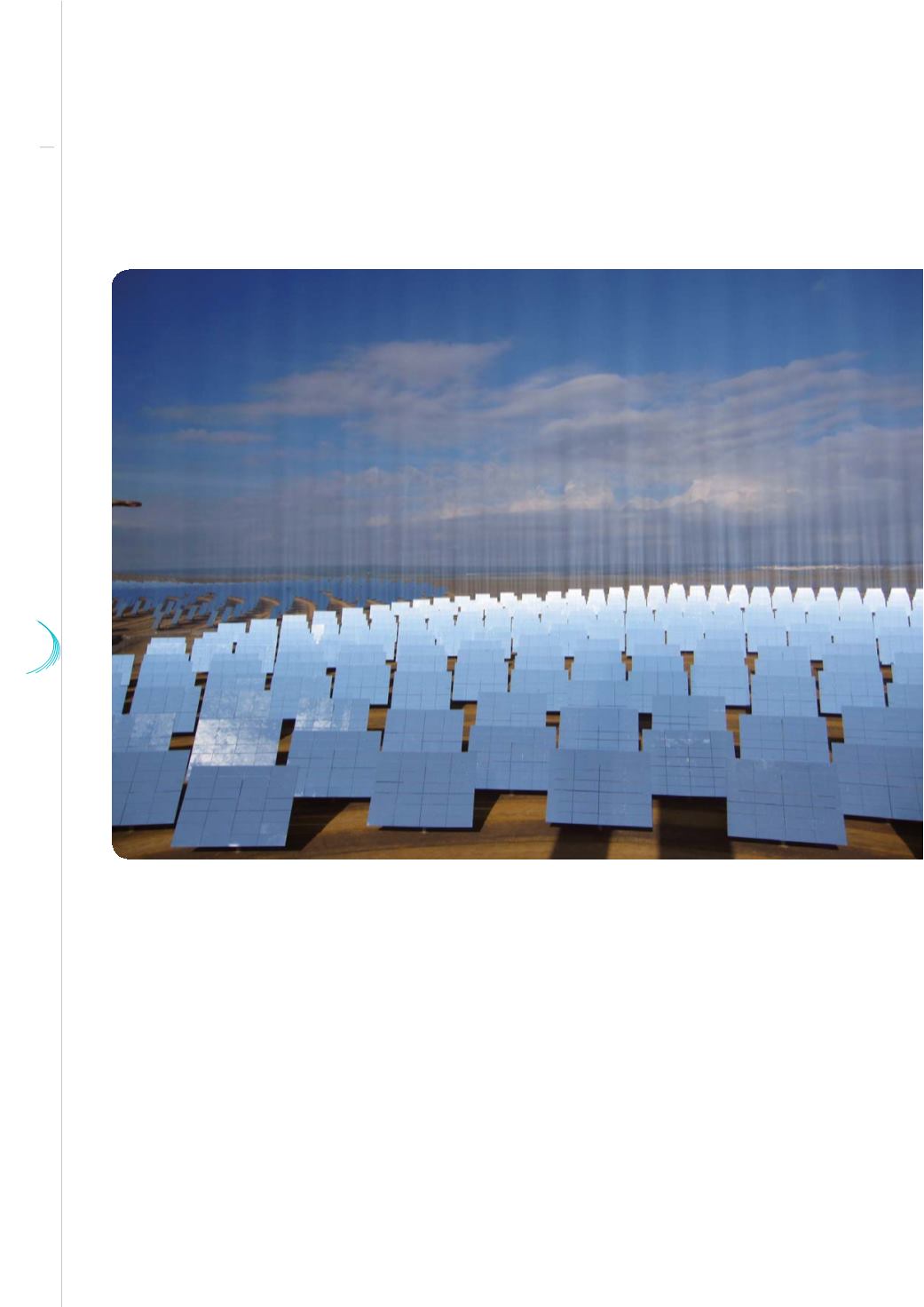

37 38
54
La Lettre
© Catherine Bréchignac - Académie des sciences
Solar power plant in Seville
Solar energymay also be used to generate electricity. Conventional photovoltaic devices use semiconductor
crystals to convert photons into electrons. But there are also cells in which such a transformation is
performed in chemical dyes. Here again, chemistry offers new solutions and paves the way for much more
flexibility in molecular electronics (Heeger, MacDiarmid and Shirakawa, 2000 Nobel Prize).
Energy transition aims to find new forms of renewable energy. The nuclear power plants currently
developed in France involve sophisticated reactions to generate heat then transformed, that is to say
converted – with a very low yield – into electricity. We do not know how to directly convert nuclear reactions
into electricity. Any simple chemical redox reaction, though, implies a transfer of electrons between two
elements; all it takes then is to capture these electrons to directly produce electricity: such is the secret of
the battery invented by Volta, stacking copper and zinc discs. Building batteries is a way to simultaneously
solve the problems raised by the production and the storage of electricity. Batteries are now under intense
research, in which chemistry plays an essential role; their performances have been greatly improved over
the past decade.


















